Open your eyes and read about where you are
A literary Colorado road trip with author Peter Anderson
Welcome to Rocky Mountain Reader! We’re here because we value books and authors and the freedom to exchange ideas and explore new worlds through reading. We’re here to highlight the vast and varied landscape of literary arts in our home state of Colorado.
Join us each week by logging on to www.rockymountainreader.org; by subscribing to our weekly newsletter that will provide direct links to all new content; and by donating to our nonprofit in support of our operating costs and mission.
We’re happy to be here and we’re overjoyed to have you here with us on the website. Enjoy!
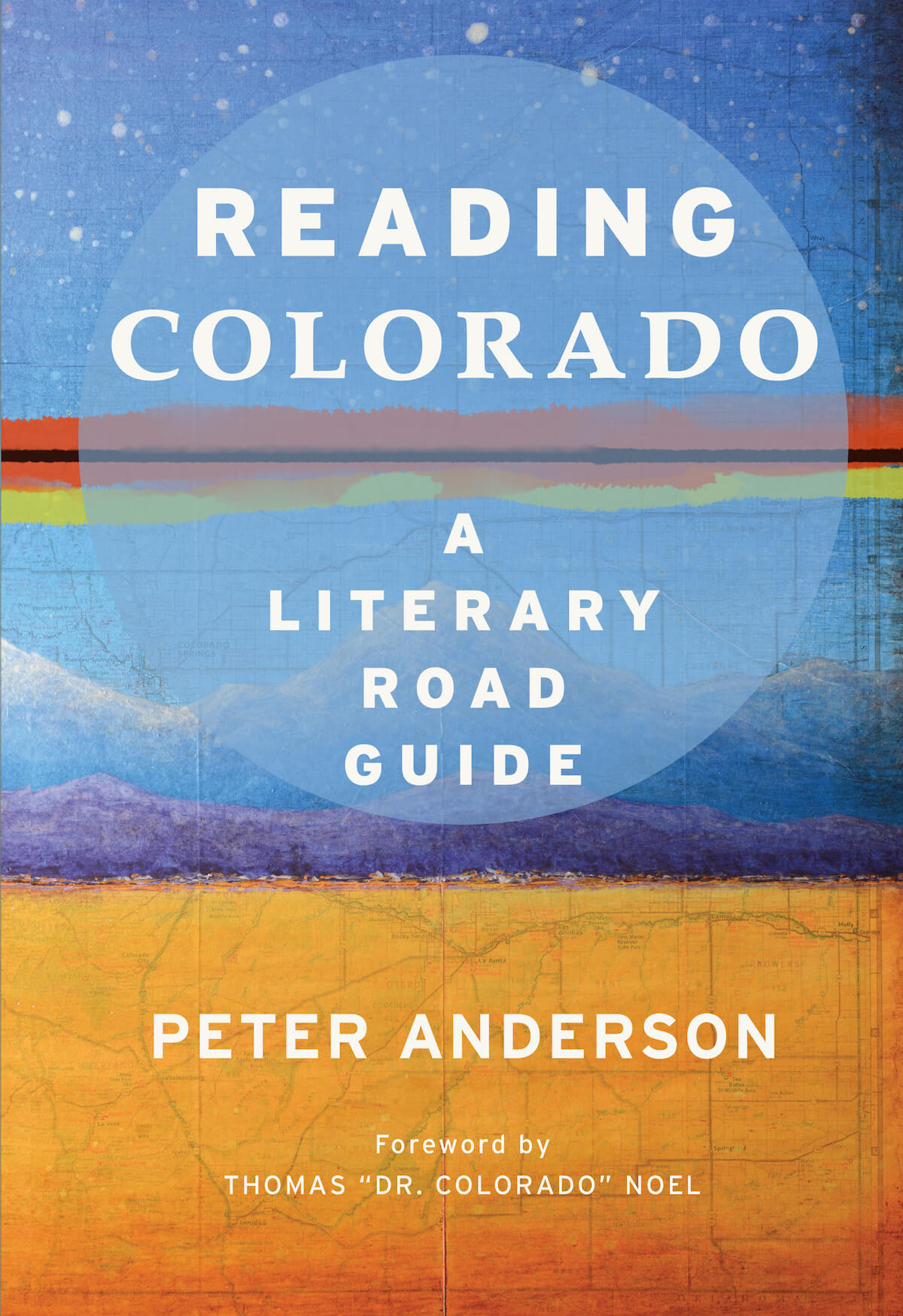
A literary Colorado road trip with author Peter Anderson
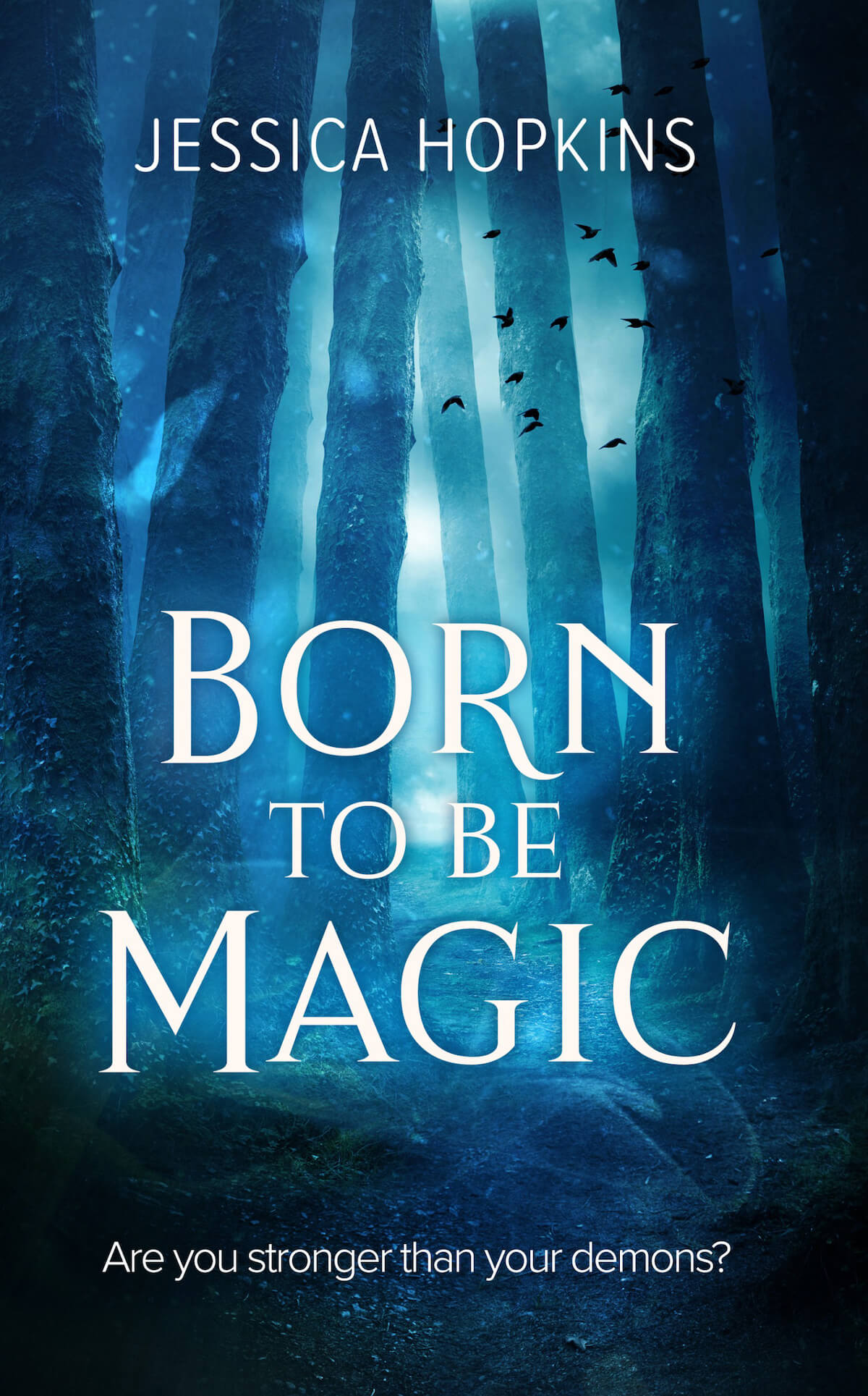
Queer Colorado speculative fiction authors you need to know

Ojibwe author Byron Graves’ debut novel Rez Ball dribbles its way into awards and honors, as well as readers’ hearts
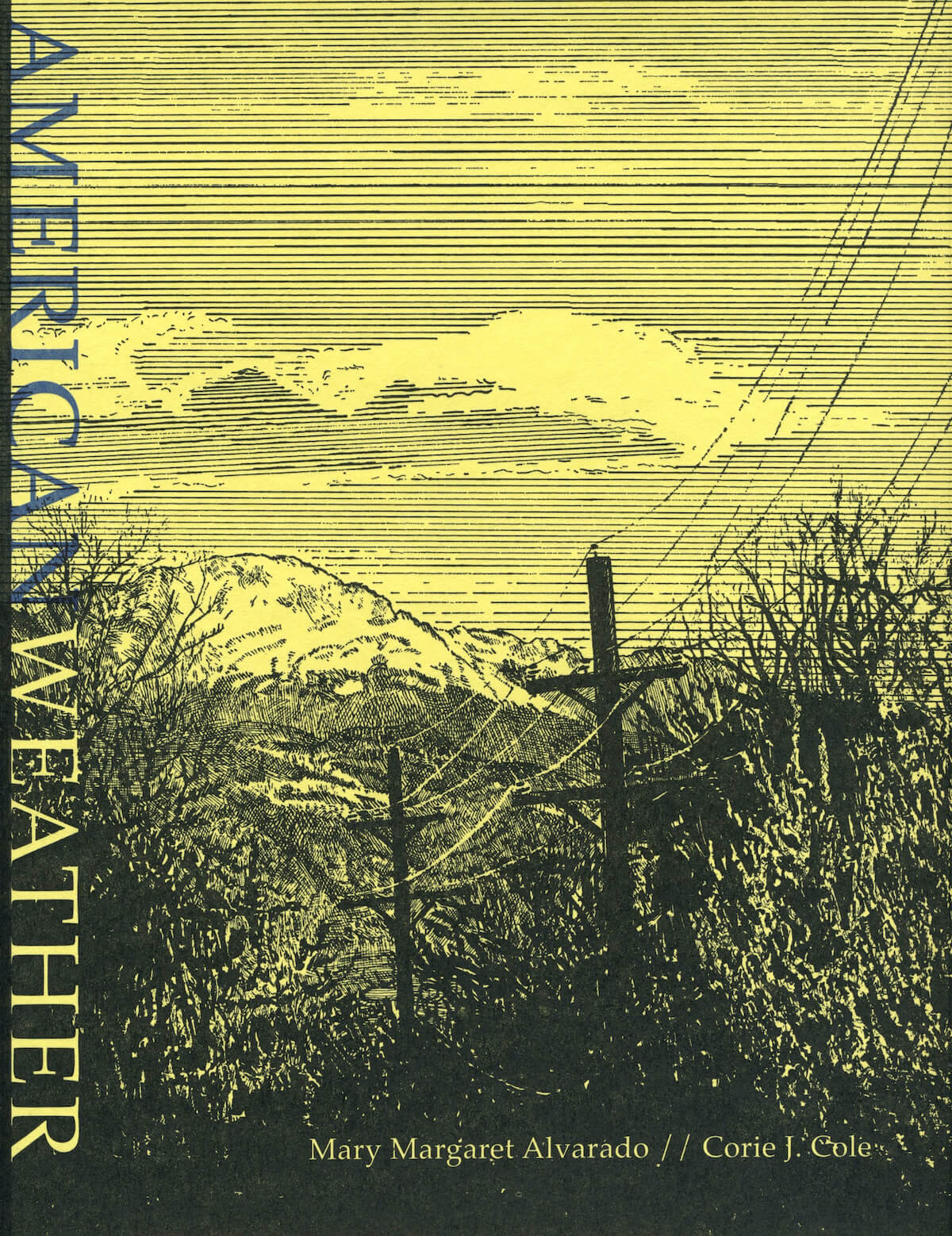
How a shooting in her neighborhood spurred a writer to action and gave birth to a collaborative artist book

Green’s books of dreams introduced countless readers to Colorado outdoor treasures

Writing climate chaos creates community
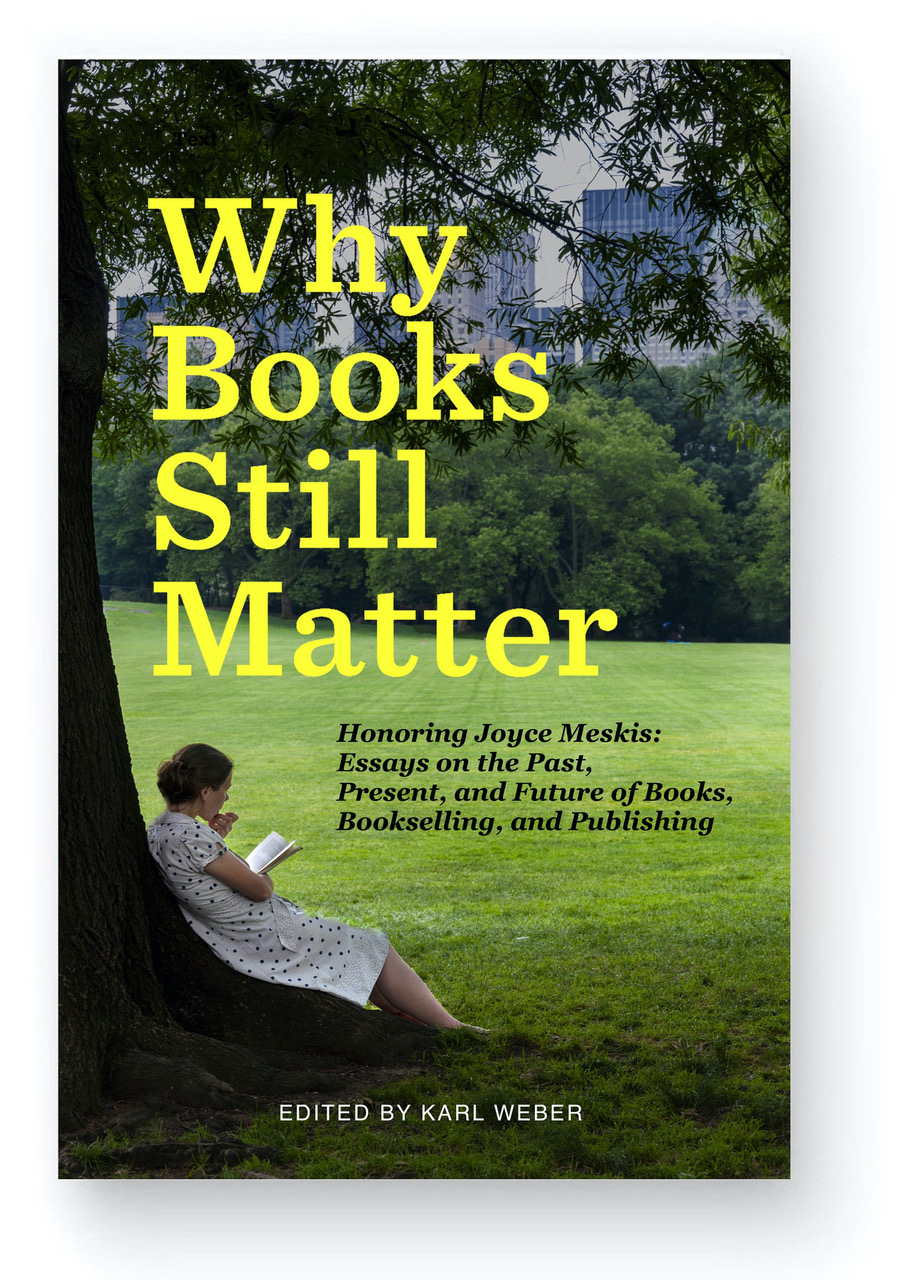
A conversation with publisher Karl Weber on his tribute to Joyce Meskis, the state of publishing and the responsibilities of readers
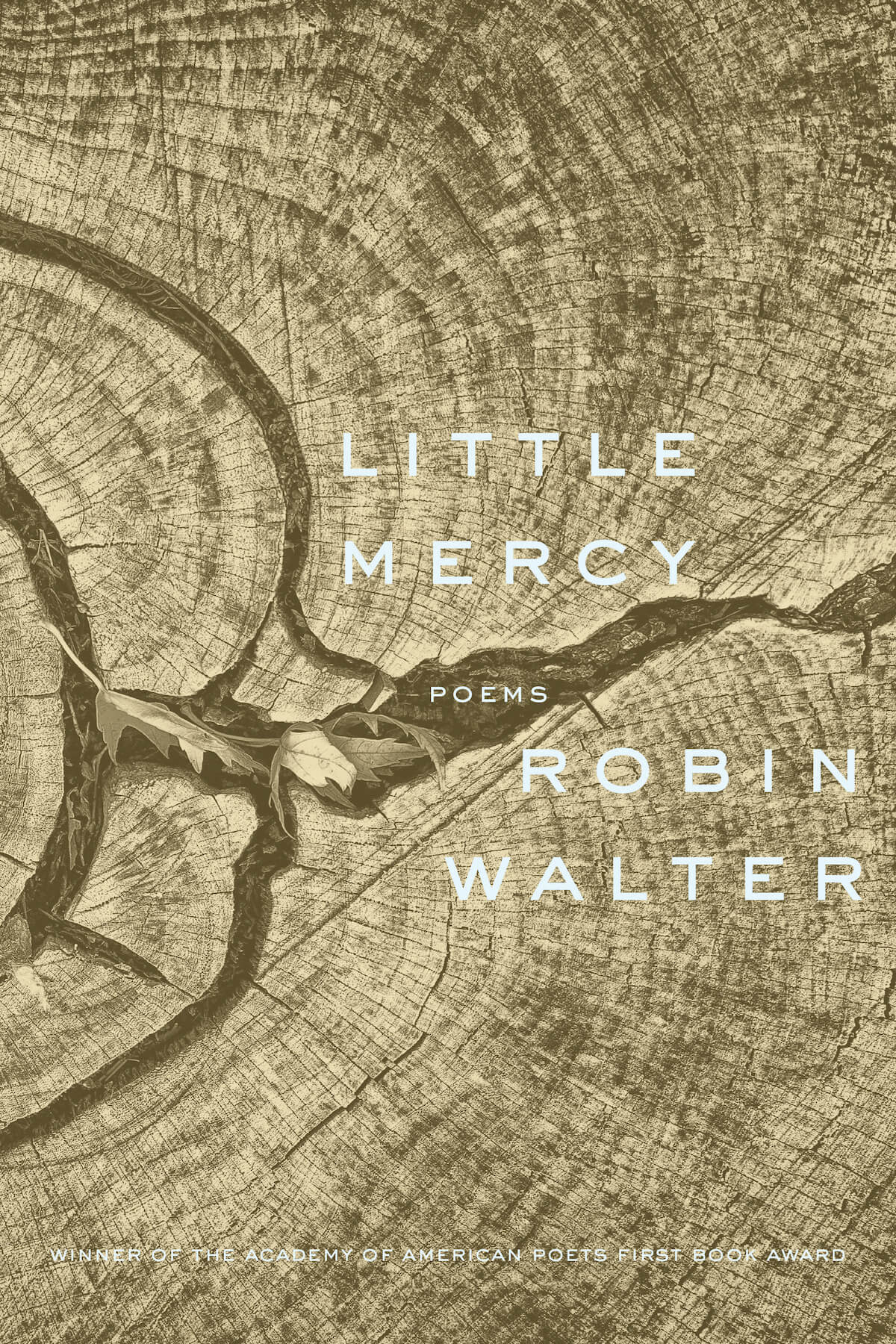
Robin Walter’s Little Mercy attends close-up to the world around her
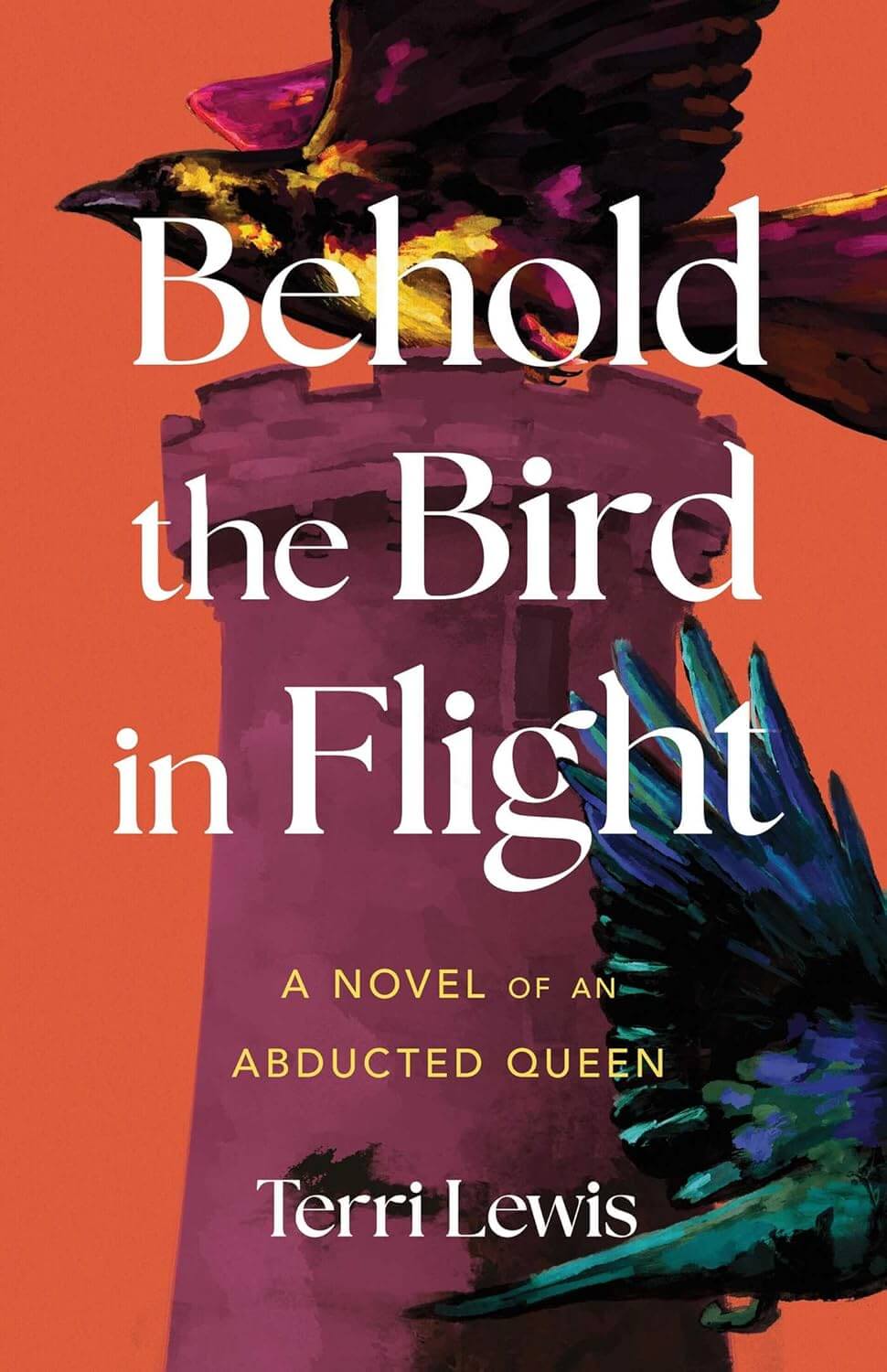
Terri Lewis grew up in Colorado, was a ballet dancer with a German opera company and worked in a circus. It may come a surprise, then, that her debut novel is about the life of Isabelle d’Angoulême, the 11-year-old French noble abducted by England’s King John (yes, that King John—the Magna Carta and all), taken back to England and made queen. As the novel progresses, we realize that Lewis is also a trained historian and an excellent researcher with a passion for medieval times.
The narrative is lively and compelling. Drawing on scant primary sources and historical records, Lewis creates Isabelle as a rich, complex character. Lewis renders Isabelle’s development from a silly child into an effective queen and independent agent able to direct her own destiny, thus fashioning a believable heroine immersed in a believably detailed world.
The story opens in 1198. Isabelle is betrothed to Hugh de Lusignan, who is appreciative of her future dowery but smitten with someone else. Isabelle senses that something is amiss and decides to play at courtly love by flirting with the Plantagenet king. King John, in turn, is smitten by young Isabelle and spirits her away. Her childish fantasies of true love and life in a beautiful castle are quickly dashed when she discovers how cruel her new husband really is. The narrative, while centered on Isabelle, offers the changing perspective of Hugh, and it incorporates the historically well-known characters, Eleanor of Aquitaine (John’s mother) and Richard the Lion Heart (John’s brother) as secondary characters in the Plantagenet drama.
As was the case with most noble women in the 12th and 13th centuries, Isabelle is initially a mere pawn for the men around her—expected to bring her husband a rich marriage settlement and then breed heirs. Learning from the formidable Queen Eleanor, as well as from the exceptionally strong women from the servant classes, this coming-of-age story reveals a more nuanced path than one might initially expect. Isabelle’s increasing autonomy and her growing skill at navigating the complexities of the court and surrounding society make for an exciting read. Although the last few chapters seem a bit rushed, this novel will charm fans of historical fiction and remind us all of the many lesser-known women who have shaped history and, thus, ourselves.
— Perrin Cunningham